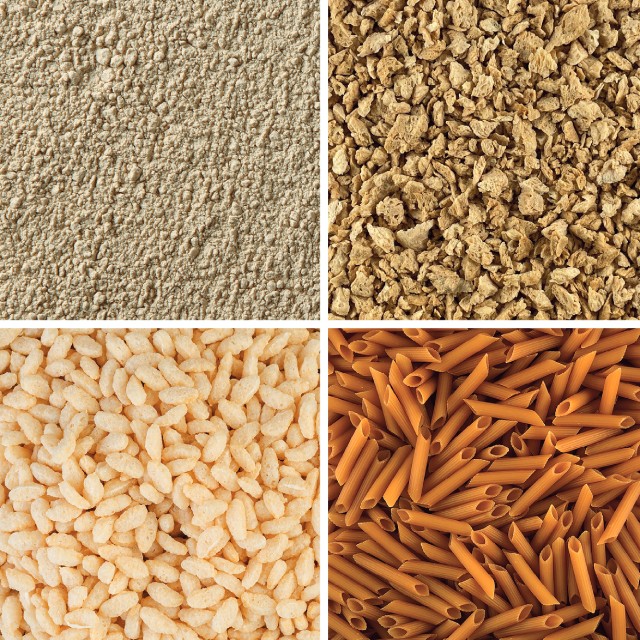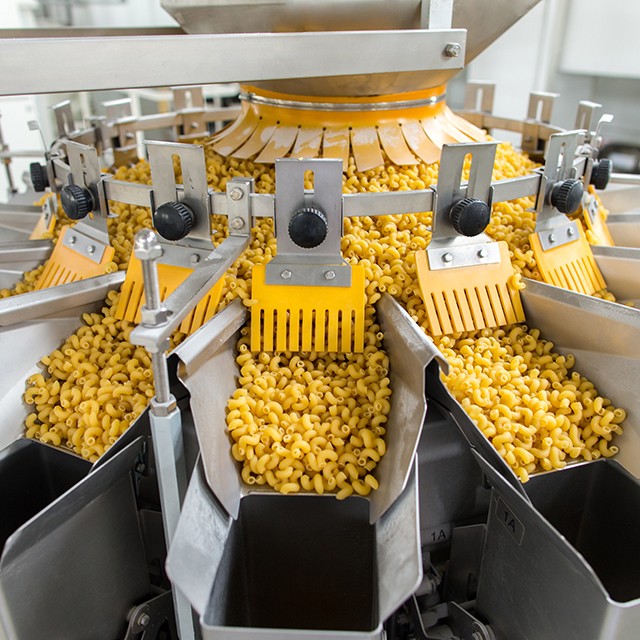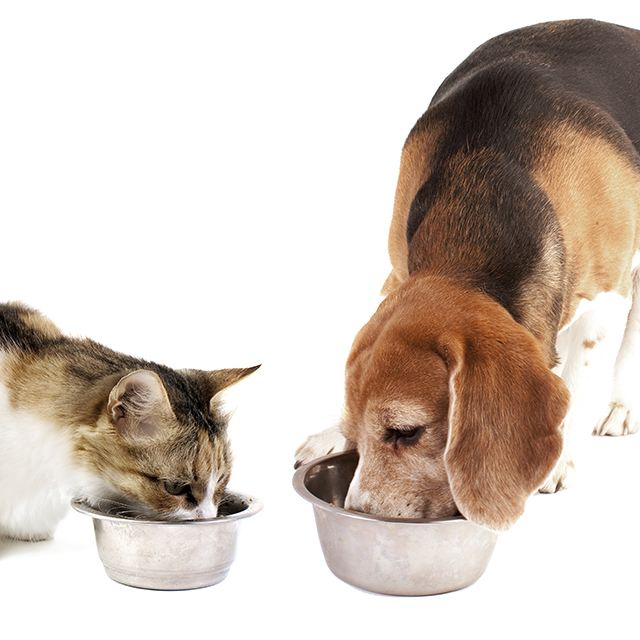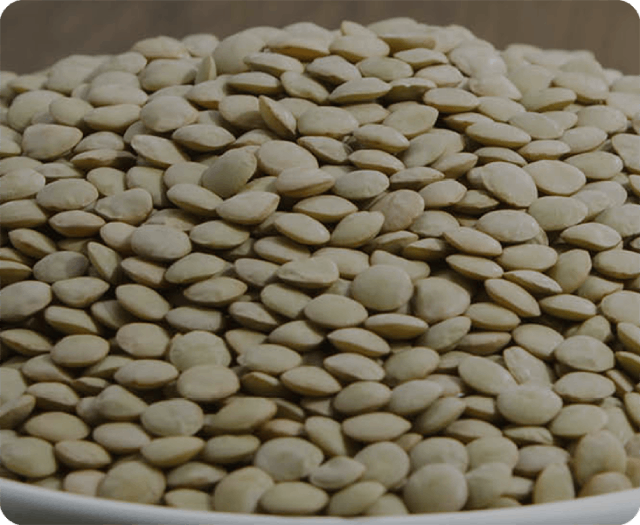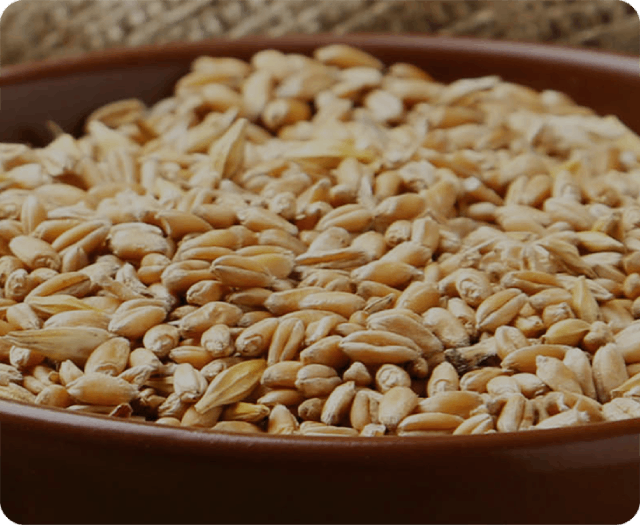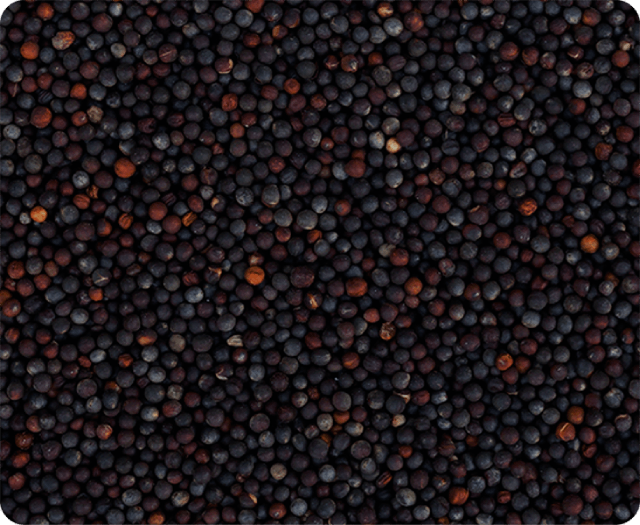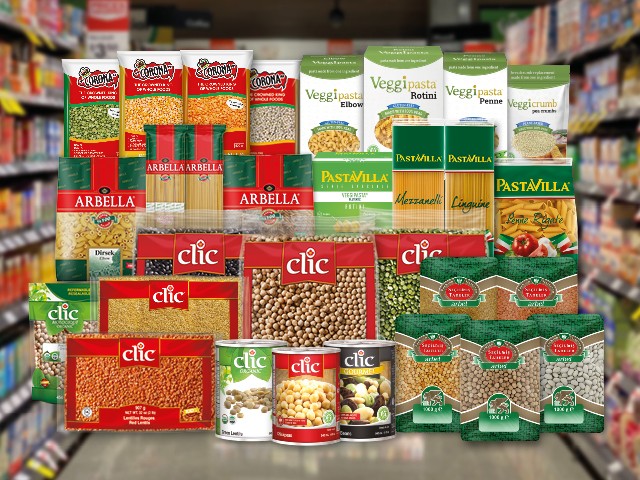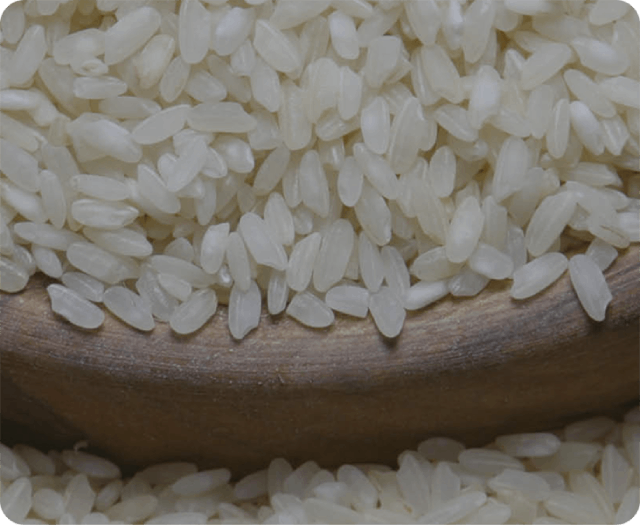Ingredients


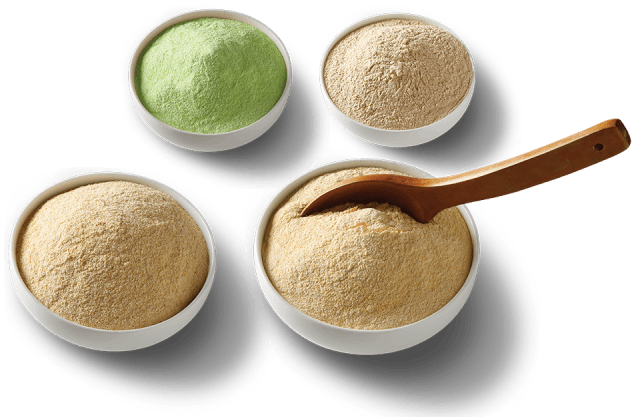
AGT Foods is a leading manufacturer of plant-based ingredients for premium markets and
food
companies around the world. From our facilities in Minot, ND, USA and Regina, SK,
Canada, we produce nutritious, non-GMO, gluten-free and non-allergenic ingredient
products,
including PulsePlus™ pulse flours, proteins, fibres, V-6000™, deflavoured flours and crumb, as
well
as extruded products such as texturized plant protein (TPP) and gluten-free pasta. We provide
quality solutions for the global food marketplace.
AGT Foods’ ingredient production facilities take locally-grown pulse and grain seeds and
mill
them using proprietary, state-of-the-art mechanical processes into fractions: flours,
proteins, fibres and starches. These fractions can then be concentrated, blended together for
specific applications, or sold to food markets as-is for use in food products. AGT Foods’
world-leading team of food scientists and technicians is available to provide our customers with
the
expertise to improve their food products using pulse ingredients.
Contact AGT Foods to learn
what our ingredient team can do for you.
Find More Products
COMPANIES IN OUR GROUP
Contact Us
Head Office
6200 E. Primrose Green Dr.
Regina, SK, Canada
S4V 3L7
Corporate Resources
Copyright © 2026 AGT Food and Ingredients Inc.


